When you’re planning an exterior painting project, one question always comes up—how soon can you paint after rain? The answer depends on a handful of factors like surface type, weather, humidity, and the paint products you’re using.
At A.G. Williams Painting Company, we rely on over a century of experience to ensure every project is completed under ideal conditions. While we can control preparation, product selection, and application techniques, the weather is the one wildcard. Fortunately, we know how to work with the elements—not against them.
Let’s explore the key factors that determine how soon you can paint after rain, so you can be confident your home will look amazing and the finish will last.
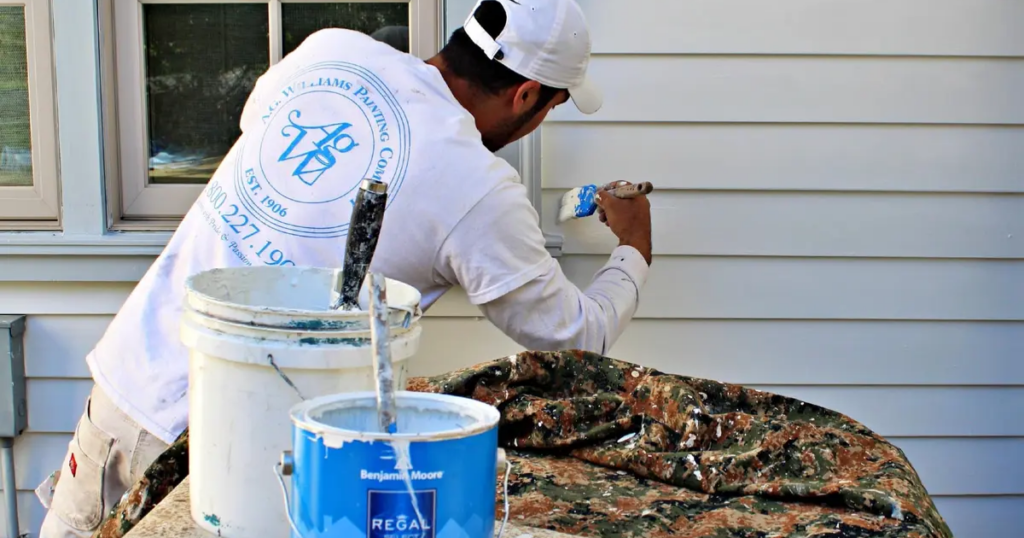
Why Moisture Matters for Exterior Paint
Paint adheres best to a clean, dry surface. Applying it too soon after rainfall can trap moisture underneath, leading to peeling, blistering, or mildew growth. Even if a surface feels dry, water can still be present within porous materials like wood or masonry.
That’s why it’s critical to wait the appropriate amount of time before painting—and to know how to verify that the surface is ready.
Key Factors That Influence Drying Time
1.) Surface Material
- Wood siding can hold moisture for longer than you might expect. After a heavy rain, it’s best to wait 24 to 48 hours to allow it to dry thoroughly.
- Brick, stucco, and concrete are also porous but may require slightly less drying time—about 24 hours in most conditions.
- Vinyl and aluminum siding are non-porous and typically dry faster. Still, waiting a minimum of 24 hours is a smart move.
2.) Rain Intensity and Duration
A short sprinkle might only require a 12 to 24-hour wait, while heavier rainfall could demand 48 hours or more of drying time.
3.) Humidity and Temperature
High humidity means water evaporates more slowly. Combine that with cool temperatures, and your siding could stay damp much longer than expected. Ideal conditions for painting are:
- Temperatures between 50°F and 85°F
- Relative humidity below 70%
4.) Sun Exposure and Airflow
Warm, sunny, breezy conditions can speed up drying significantly. On cloudy or shady sides of the house, be more cautious and give those areas more time to dry.
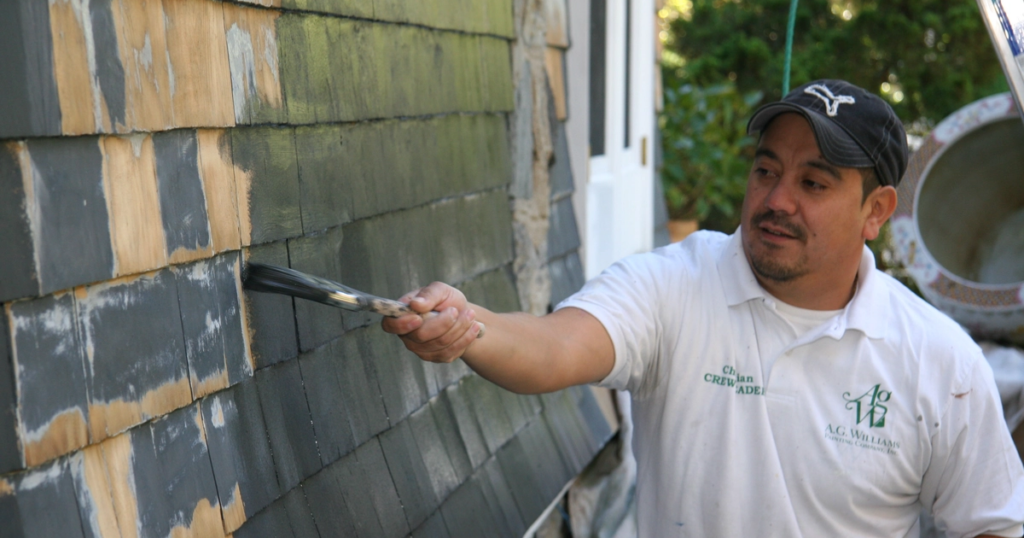
Tools and Techniques to Check Surface Moisture
- Moisture Meter: The most accurate way to assess readiness. For wood, you’ll want a moisture content below 15%.
- Visual and Touch Test: Look for darker areas or a cool feel, which may indicate lingering moisture.
Even if everything looks dry, erring on the side of caution helps ensure your exterior painting project stands the test of time.
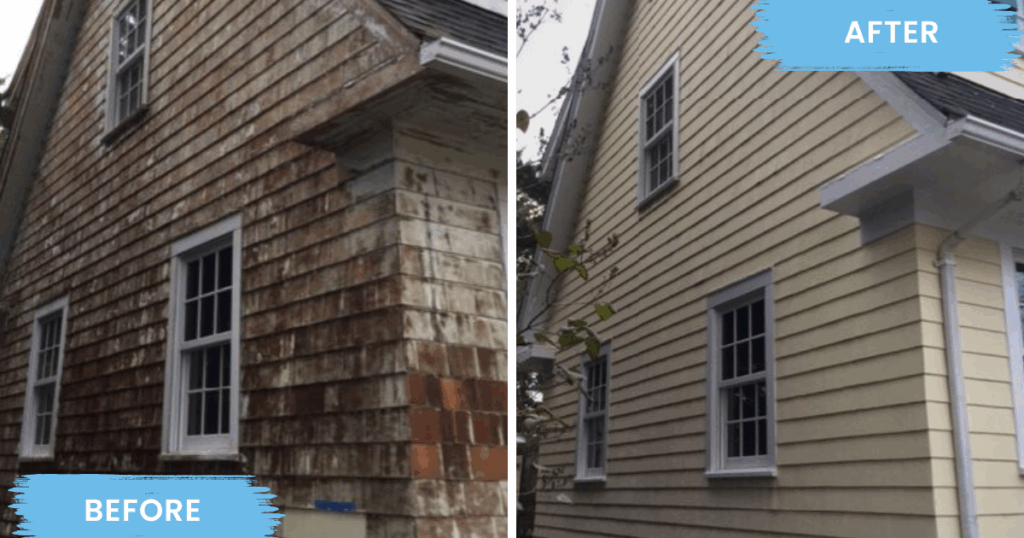
Paint Products That Perform in Less-Than-Perfect Weather
Choosing the right paint is just as important as knowing how soon you can paint after rain. We only work with trusted, top-tier products that offer flexibility in various temperatures and conditions.
Two of our top recommendations:
- Sherwin-Williams Duration® Exterior Acrylic Latex – Designed for durability and can be applied in temps as low as 35°F.
- Benjamin Moore Regal® Select Exterior – Excellent adhesion and long-lasting color retention, even in humid or fluctuating climates.
These premium paints allow for earlier re-entry into painting after rain, as they are engineered to bond well even in borderline conditions.
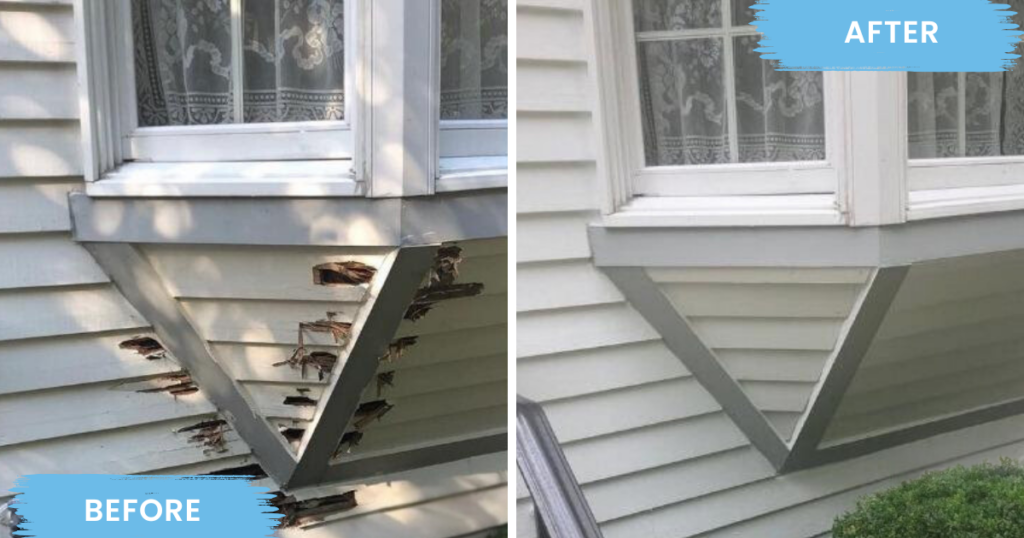
What We Do at A.G. Williams Painting Company
Our team uses professional judgment and tools to make sure no painting happens until the surface is 100% ready. For homeowners in Westchester County, NY; Fairfield County, CT; and surrounding areas, we monitor local weather trends and humidity levels closely to schedule exterior painting jobs at the right time.
In the spring and fall, we’re especially cautious. Even after a sunny day, dew and condensation can make early mornings risky for painting. We typically delay until mid-morning to give surfaces time to dry out.
Final Thoughts: How Soon Can You Paint After Rain?
To recap, how soon you can paint after rain depends on:
- Surface material
- Rainfall amount
- Humidity and temperature
- Quality of paint products
As a general rule, waiting 24 to 48 hours is safe, but every situation is different. Using tools like moisture meters and relying on experienced judgment ensures that your paint sticks properly and looks great for years.
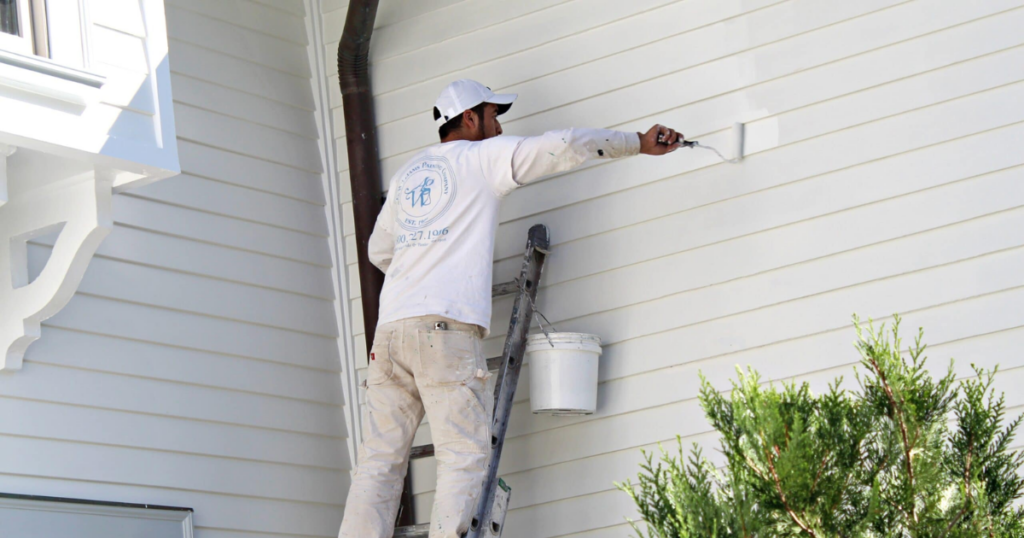
Need Help with Exterior Painting?
Whether you’re dealing with unpredictable spring showers or autumn humidity, A.G. Williams Painting Company is ready to help. Our expert crews know exactly when—and when not—to paint. Contact us today for a personalized consultation and estimate.